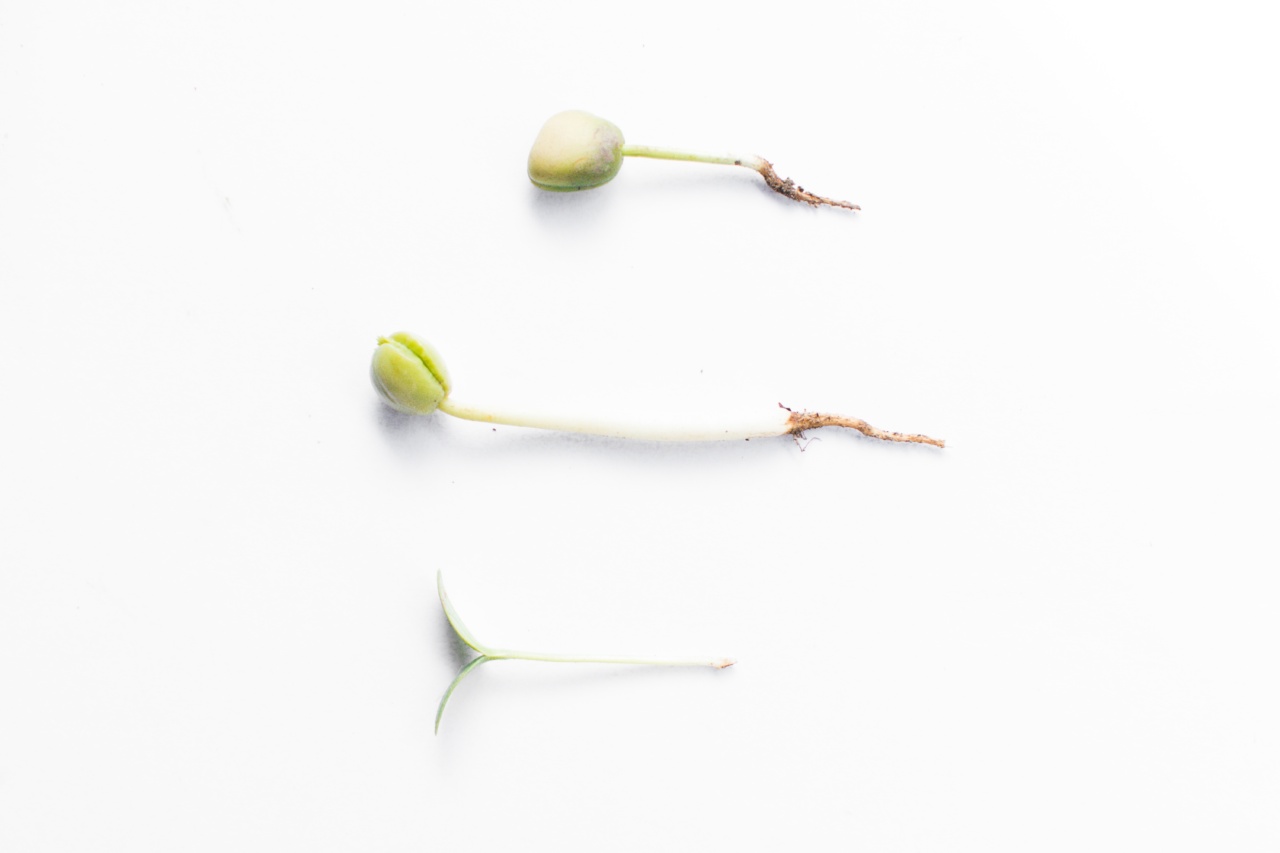Washing fresh produce is an important step in ensuring that you and your family consume safe and healthy food.
As fruits and vegetables come in contact with various contaminants, including dirt, bacteria, pesticides, and other residues, it is crucial to thoroughly clean them before consumption. To help you maintain cleanliness and enhance the safety of your produce, here are the top three tips for washing fresh fruits and vegetables:.
1. Use Clean Water
The first and foremost tip for washing fresh produce is to use clean water. This may sound obvious, but it is essential to emphasize the importance of using water that is safe and free from harmful substances.
If you have access to filtered or purified water, it is ideal for washing fruits and vegetables. However, if clean water is not readily available, you can minimize the risk by using cold tap water.
It is crucial to note that hot water can strip away the natural protective layer of certain produce, making them more susceptible to spoilage and contamination. Therefore, it is best to stick with cold water for most fruits and vegetables.
Additionally, avoid using detergents or soap as they can leave behind residues that may be harmful if ingested.
2. Scrub Firm Produce
Firm produce, such as apples, cucumbers, and potatoes, often have a waxy coating or pesticide residues on their skin. To remove these substances effectively, it is recommended to scrub them using a clean brush or sponge under running water.
Start by rinsing the produce to moisten the skin, then gently scrub the surface with the brush or sponge. Ensure that the bristles are firm enough to remove any dirt or residue but not so harsh that they damage the produce.
Pay extra attention to areas with crevices or bumps, as they are more likely to trap dirt or contaminants.
While scrubbing is effective for removing surface contaminants, it may not eliminate pesticide residues that have been absorbed into the produce.
If you are concerned about pesticide exposure, consider buying organic fruits and vegetables whenever possible.
3. Soak Leafy Greens
Leafy greens, such as lettuce, spinach, and kale, often harbor dirt, insects, and residues that cannot be easily removed by rinsing alone. To ensure that these greens are thoroughly cleaned, soaking them in water is highly recommended.
Fill a large bowl or your sink with clean water, then gently place the leafy greens into it. Swish them around to loosen any dirt or debris, allowing them to soak for a few minutes.
This process helps the contaminants to loosen and float away from the greens.
After soaking, remove the greens from the water and rinse them under running water to wash away any remaining dirt. It is essential to inspect the leaves visually, as any remaining particles or insects can be easily spotted and removed.
Conclusion
By following these top three tips for washing fresh produce, you can significantly reduce the risk of consuming harmful contaminants and enjoy safe and healthy fruits and vegetables.
Always remember to use clean water, scrub firm produce, and soak leafy greens to ensure optimal cleanliness.




























